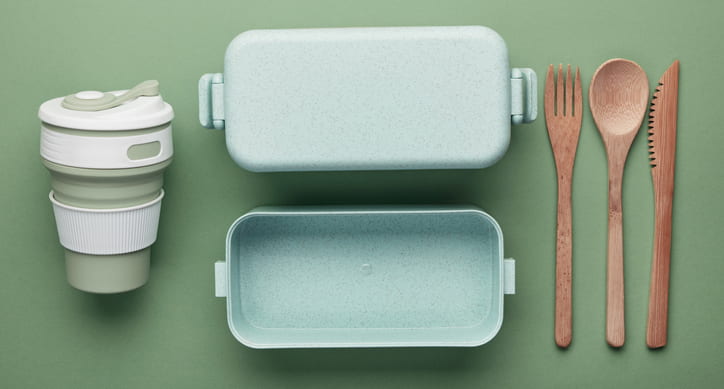
“It’s a beautiful sight unless you consider that the magic carpet rolls over native spring wildflowers, particularly spring ephemerals”—trillium, mayapple, Virginia springbeauty, and others. CFAES’ Joe Boggs writes about the non-native, highly invasive lesser celandine plant (flowering in yellow in the photo above) in his article today on Buckeye Yard and Garden onLine. (Photo: John M. Randall, The Nature Conservancy, Bugwood.org.)


 “Food waste is one of the greatest sources of greenhouse gas emissions, and it’s something that nearly
“Food waste is one of the greatest sources of greenhouse gas emissions, and it’s something that nearly 
 Ohio State’s 2022 signature Earth Day event, “Time to Act on Climate Change,” takes place Wednesday, April 20, at 6 p.m. in the Ohio Union’s US Bank Conference Theater in Columbus. You also can watch live on YouTube. The event, its website says, will highlight “efforts underway in Ohio and beyond to mitigate and adapt to climate change.”
Ohio State’s 2022 signature Earth Day event, “Time to Act on Climate Change,” takes place Wednesday, April 20, at 6 p.m. in the Ohio Union’s US Bank Conference Theater in Columbus. You also can watch live on YouTube. The event, its website says, will highlight “efforts underway in Ohio and beyond to mitigate and adapt to climate change.”
